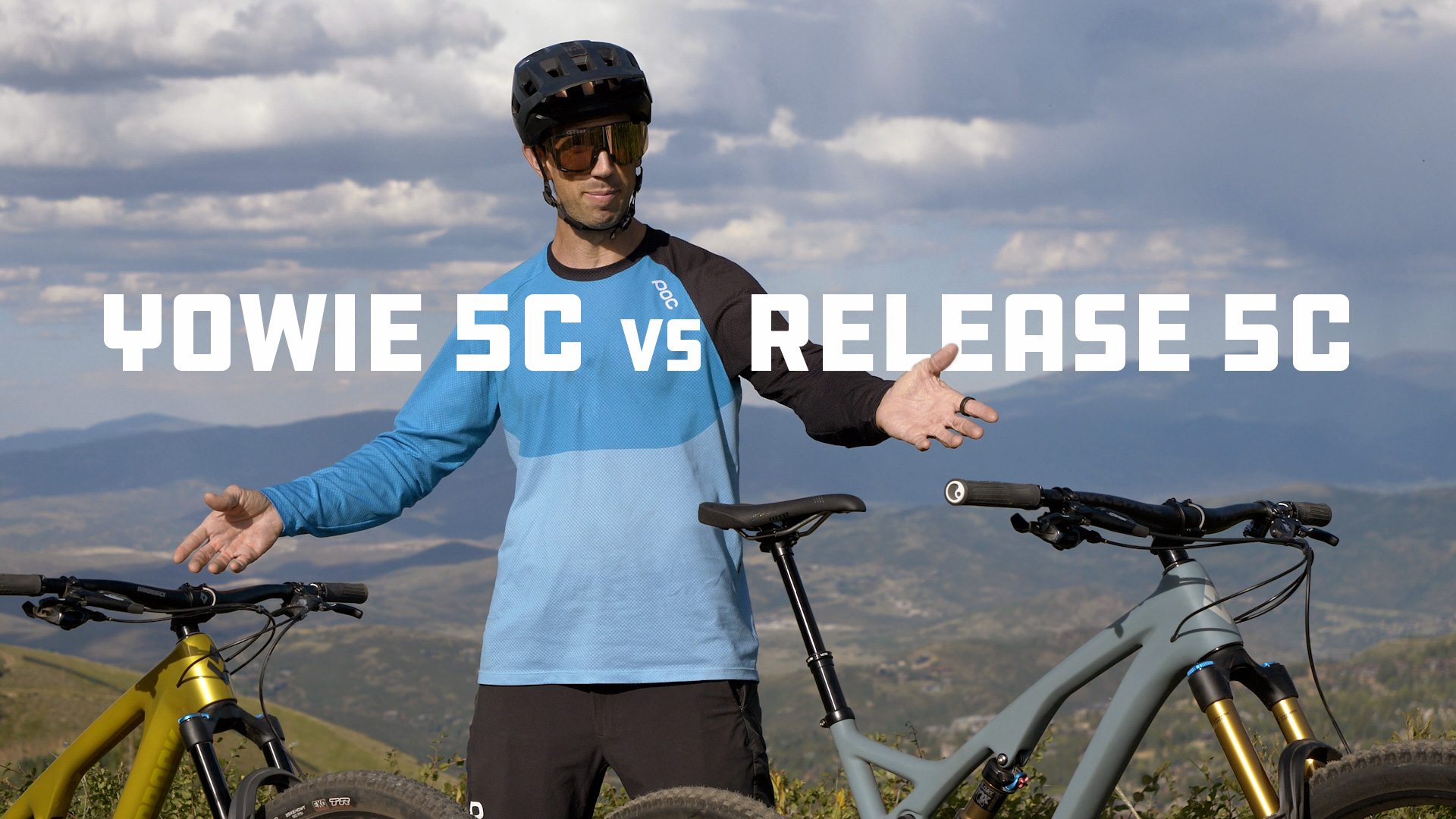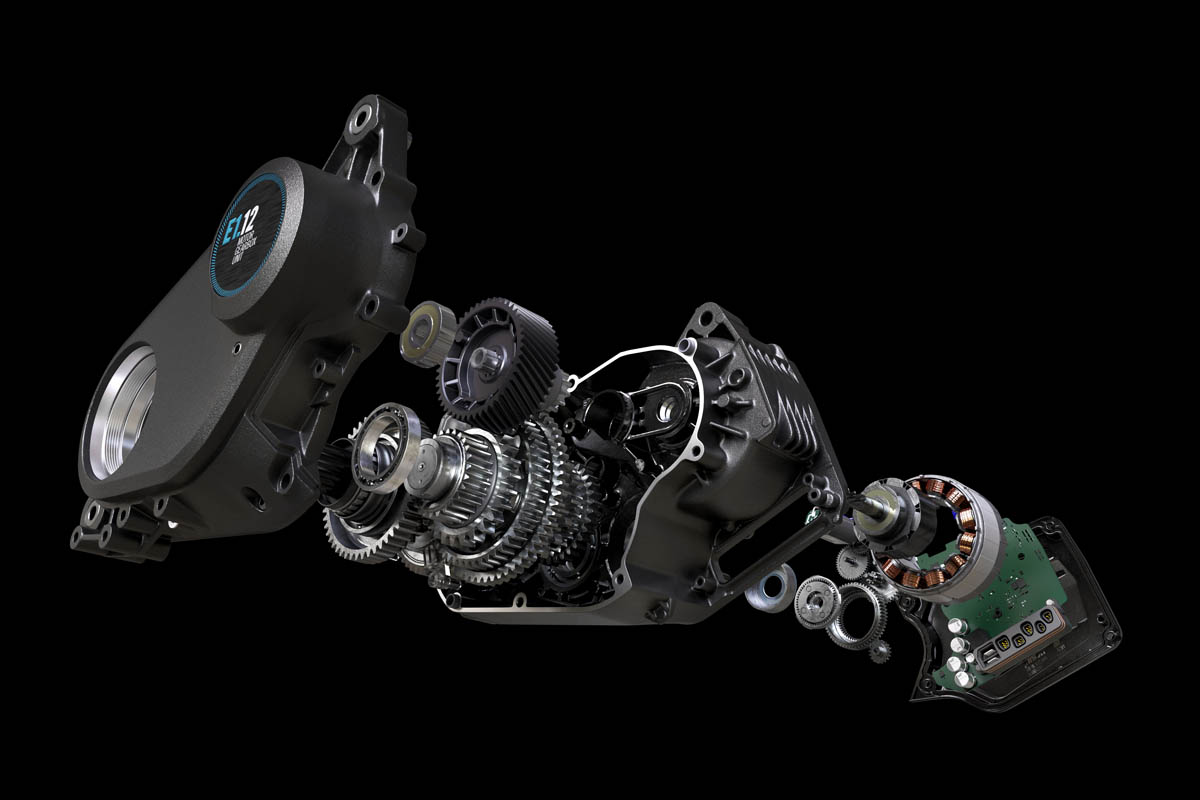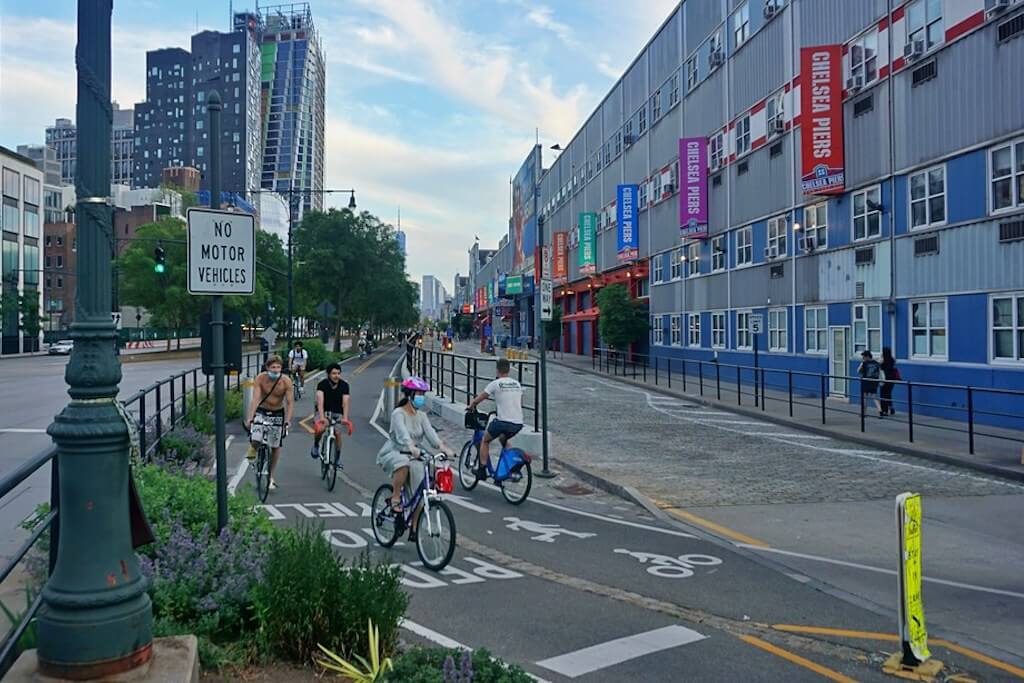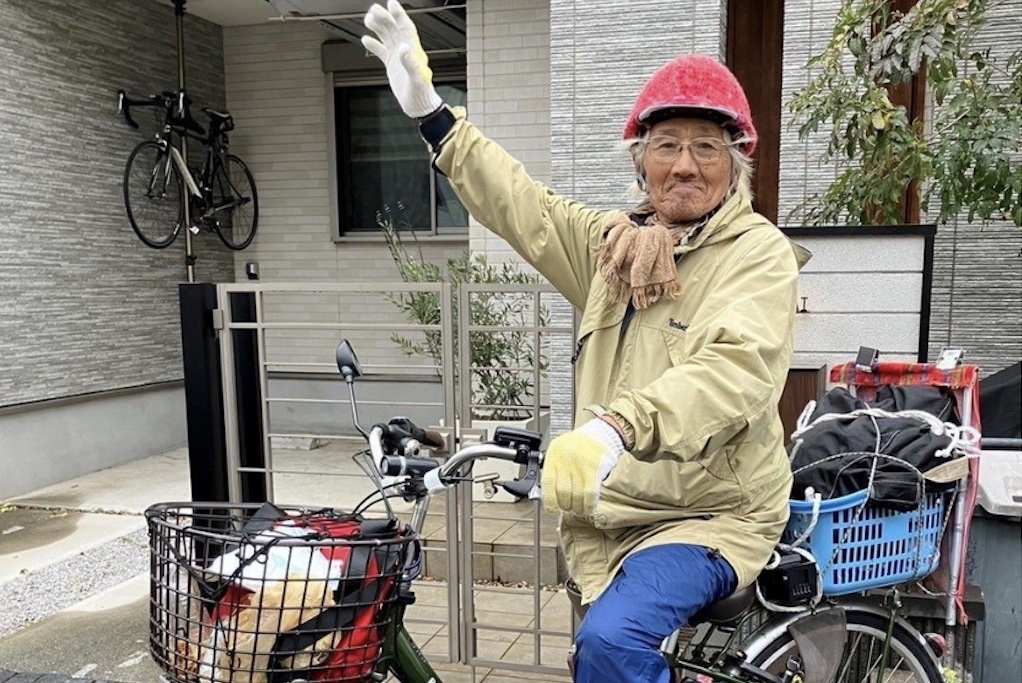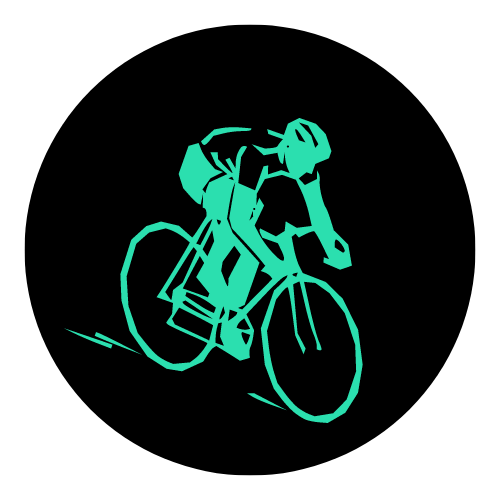Bike Fit Mythbusting: How Crank Length Affects Your Bike Fit and Some Common Myths.
We recently posted a reel on instagram about how different crank lengths affected the fit of one rider. You can see it here. While the post was popular, many comments revealed some misunderstandings about the fundamentals of crank length and its pros and cons, especially when going shorter. In this post, we’ll break down the science behind crank length, how changing it may improve your position, and address some common myths. We’ll first discuss why you might consider shorter cranks, the impact of crank changes on fit, and then dive into the science of how crank length affects power output. Finally, we’ll tackle some common misconceptions. Bike Fit and Crank Length: When shortening cranks, there are three main goals: Open up the knee angle (knee flexion) Open up the hip angle (hip flexion) Improve movement quality and efficiency The majority […]
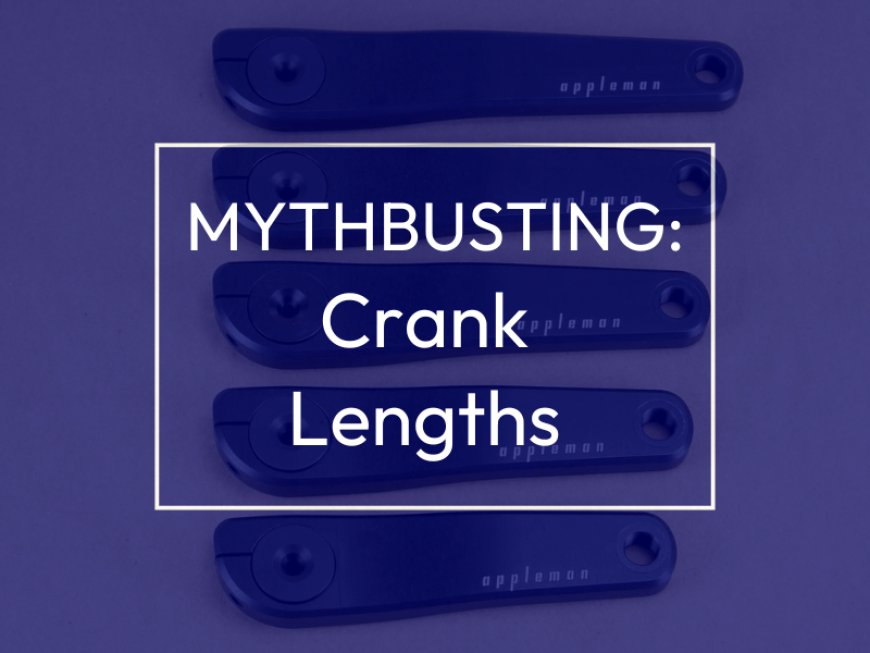
We recently posted a reel on instagram about how different crank lengths affected the fit of one rider. You can see it here. While the post was popular, many comments revealed some misunderstandings about the fundamentals of crank length and its pros and cons, especially when going shorter. In this post, we’ll break down the science behind crank length, how changing it may improve your position, and address some common myths.
We’ll first discuss why you might consider shorter cranks, the impact of crank changes on fit, and then dive into the science of how crank length affects power output. Finally, we’ll tackle some common misconceptions.
Bike Fit and Crank Length:
When shortening cranks, there are three main goals:
- Open up the knee angle (knee flexion)
- Open up the hip angle (hip flexion)
- Improve movement quality and efficiency
The majority of these changes occur at the top of the pedal stroke. There should be little to no change in the hip and knee angles at the bottom of the pedal stroke because it is typically recommended to adjust the saddle position by the amount the crank length has changed therefore keeping the knee and hip angle at the bottom of the pedal stroke the same.
- When shortening the crank we raise the saddle.
- When lengthening the crank we lower the saddle.
This adjustment keeps the distance from the saddle to the pedal at the bottom of the stroke the same, while doubling the change in distance at the top of the stroke. This is why even a small change in crank length can have a significant effect on the closed angles of the hip and knee.
When changing crank length fore/aft saddle adjustments are a bit more complex and probably out of the scope of this article. To keep it short, in general you can leave the saddle fore/aft the same when changing crank lengths. You can see more on setting your saddle height and fore/aft here.
Benefits of Shorter Cranks From a Fit Perspective
Since joint kinematics at the bottom of the pedal stroke remain unchanged, the biggest difference with shorter cranks occur at the top of the pedal stroke and during the transition into the power phase. Shorter cranks result in a more open hip and knee angle, which helps alleviate strain on the knees, hips, and lower back. The reduced range of motion can also decrease lateral movement across the saddle, potentially lowering the risk of saddle sores (a rumored reason why Tadej Pogačar switched to shorter cranks).

From an injury perspective opening the hip and knee flexion angles reduces wear and tear on those joints. A common objection we hear is, “I’ve been on 175mm cranks for years and have had no issues.” Our response to that is “no issues – yet.” Just because you haven’t experienced injuries doesn’t mean damage isn’t happening, and shorter cranks could still offer long-term benefits.
Performance Benefits of Shorter Cranks
One performance advantage of more open angles is a more consistent pedal velocity. When hip or knee angles get too closed, pedal velocity slows during the recovery phase, creating negative forces during the power phase and reducing overall efficiency.
Another potential benefit is that shorter cranks may allow for more handlebar drop. A lower handlebar can often be limited by a closed hip angle, so opening the hip angle with shorter cranks can sometimes enable a more aggressive position
Mythbusting: Common misconceptions of shorter cranks
Myth #1 Shorter cranks result in less power production:
By far the most common myth about shortening crank arms is that shorter crank arms will reduce power output. This misconception comes from the fact that shorter cranks result in less leverage and proponents of this idea assume that it also results in less power.
It is true that shorter cranks reduce leverage, leverage doesn’t equal power. The formula for power is Power = Force x Velocity. When you shorten the crank arms, you reduce the applied force, but you also increase pedal velocity due to the shorter distance the pedal travels in each rotation. The power loss from reduced leverage is offset by the power gained from increased pedal velocity. In fact, moving from 175mm to 165mm cranks results in a negligible 0.35% increase in power output—essentially no change.
Myth #2: Shorter Cranks Result in a Smaller Gear:
Next we have “shorter cranks result in a smaller gear.” We won’t spend much time on this because it is just wrong. The components that make up the gear ratios are the number of teeth in the crankset and cassette as well as the size of your wheels/tires. Crank length does not affect gear ratios.
Myth #3: The Small Difference In Crank Lengths Makes Changing Pointless:
One of the other common comments we hear is that the change in crank length is so small that it doesn’t really make a difference, so why change?
This is a half-truth. The most commonly available crank lengths are 165, 170, 172.5 and 175. We believe this is too small of an effective range and in general OEM’s underserve smaller riders. Shimano and SRAM do offer a 160mm length in some models and there are other progressive brands out there offering a better selection that actually represent what the human population needs. Check out Appleman’s crank options as they do a fantastic job.
While the difference between a 175mm and 165mm crank is just 10mm, when you shorten the crank and raise the saddle by the same amount, the effective difference at the top of the pedal stroke is doubled. A 10mm crank length reduction results in a 20mm increase in the distance from the top of the saddle to the pedal at the top of the stroke. This can have a significant impact on the joint kinematics during the recovery phase, despite appearing small on paper.

If you think 20mm is insignificant, just try raising your saddle by 20mm and see if you notice it. Most people will.
Myth #4: Shorter Cranks Result in a Higher Heart Rate:
The myth that shorter cranks result in a higher heart rate is another one that has some truth in it but when applied to the complex system of the bicycle doesn’t really hold water.
First the true parts: Increasing cadence results in an increase in heart rate. Shortening cranks results in a natural increase in cadence due to the smaller radius and increased pedal velocity. So shorter cranks must result in an increased heart rate correct? Kind of, but only in a very small amount.
In a study by Dunst et al. on Optimal Cadence Dynamics (link) they test 30 RPM changes and investigate how those changes affect heart rate, oxygen uptake, and lactate over the course of a ramp test. Throughout the test increasing cadence by 30 RPM led to roughly an 8 BPM increase in heart rate at the same power output. So it takes a relatively large increase in cadence to make a noticeable increase in heart rate.
To keep the same power output when shortening the cranks from 175mm to 165mm a rider would need to increase their cadence by roughly 6%. So if the rider is riding at 90 rpm on 175mm cranks they would need to ride at 95 RPM to maintain the same power on 165mm cranks. Extrapolating from the data in the Dunst et al study a 5 RPM difference would result in roughly a 1 BPM change in heart rate. This is assuming there are no other physiological efficiency changes resulting from the reduced range of motion throughout the pedal stroke which I suspect there are.
So while we can likely assume an increase in heart rate due to the increased cadence that results in shortening cranks, the change likely is so small that it would be inconsequential.

Conclusion: Finding the Right Crank Length for Your Bike Fit
In conclusion, the length of your bike’s crank arms plays a critical role in both your bike fit and overall cycling performance. While some common myths, like reduced power output and increased heart rate, have caused confusion, the science shows that shorter cranks can offer many benefits. By improving joint kinematics, opening up hip and knee angles, and even reducing injury risks, shorter cranks may be the ideal choice for many cyclists.
However, as we’ve demonstrated, changing crank length does not significantly impact power production or gear ratios. It’s important to remember that the effects of crank length changes are amplified at the top of the pedal stroke, meaning even small adjustments can improve comfort and efficiency.
Whether you’re looking to alleviate strain on your joints, reduce lateral movement, or optimize your handlebar position, the right crank length can make a substantial difference in how you ride.
What's Your Reaction?




















